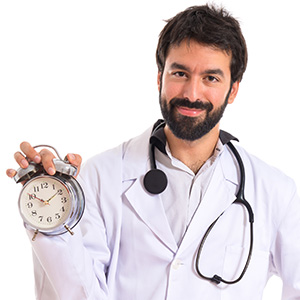
16 Sep Time to Get Going
 Just a word before I get to today’s topic… I just visited my personal attorney whose office is located in downtown Minneapolis. I will admit that I haven’t been in the city for a few months so I was shocked to see a ghost town instead of the bustling, energetic streets I last visited. It made me once again realize how quickly things can change even in our prosaic world of smoke evacuation.
Just a word before I get to today’s topic… I just visited my personal attorney whose office is located in downtown Minneapolis. I will admit that I haven’t been in the city for a few months so I was shocked to see a ghost town instead of the bustling, energetic streets I last visited. It made me once again realize how quickly things can change even in our prosaic world of smoke evacuation.
Thanks to Covid-19, our focus has shifted from removal of surgical smoke to capturing as many bioaerosols as technology allows. And for good reason since surgical smoke can harm you over the long-term whereas Corona viral inhalation can kill you within a short time frame! Time to up our game and to do so quickly. Let’s control the viral aerosol at the point of care and entrap it so it cannot harm our hospital workers. Currently, hospital administrators adhere to containment with stand-alone or built-in filtration systems or fans that disperse air around surgical wounds to peripheral areas of the room for filtration and laminar air flow technology. This is paired with personal protection equipment (PPE) for those exposed to the infectious aerosols.
At Nascent, we believe that the most cost-effective method is to capture the aerosol at the site of its production. The ESU “pencil” which is an early example of this concept, must now be replaced with more efficient technology as represented by our miniSQUAIR®. This device, when coupled with currently available smoke evacuators, has been found to be capable of:
- 98-99.5% smoke capture efficiency1
- 100% capture of airborne transmitted bioaerosols2
- Significantly reducing ambient open wound particulates when compared to the “pencil.”3
- Significantly reducing aerosols produced by use of mechanical drills for nasal surgical procedures when compared to the “pencil”.4
- Not surprisingly, this exceptional aerosol capture capability has been found to reduce both superficial and deep post-operative infection rates in a study of hundreds of posterior spinal fusion patients.5
The use of our technology, when paired with currently available smoke evacuation turbines with ULPA filtration, has found additional use as a method to further protect those who care for hospitalized Covid-19 patients. Our system, which relies on patient seclusion by placing their upper torso in a clear plastic isolation (“mist”) tent with their expelled viral-laden aerosol removed with the miniSquair® which is connected to an evacuation/ULPA filter placed at bedside.
Our products are well defined and in this last Quarter, will include smaller versions of our current miniSquair®, that will allow its use with all surgical specialties. I hope you will give these smaller units a try. Samples can be obtained by calling our office at 952-345-1112 or by e-mail at info@nascentsurgical.com.
References:
- Schultz L An analysis of surgical smoke plume components, capture and evacuation. AORN J. 2014; 99(2): 289-298.
- Schultz L., Can Efficient Smoke Evacuation Limit Aerosolization of Bacteria? AORN J. 2015; 102(4): 7-14
- Liu N, Filipp N, Wood KB. The Utility of Local Smoke Evacuation in Reducing Surgical Smoke Exposure in Spine Surgery; A Prospective Self-Controlled Study. The Spine J. 00 2019: 1-8
- Sharma D, Ye MJ, Campiti VJ, et al. Mitigation of Aerosols Generated During Rhinologic Surgery: A Pandemic-Era Cadaveric Simulation. Otolaryngol Head Neck Surg. Published online Junly 24, 2020. doi:10.1177/0194599820951169
- Kim S, Schultz L. Can Capture of Surgical Smoke Decrease Post-Operative Infection Rates (SSI)? A Preliminary Report. Poster Presentation. 18th Annual ISASS Conference: Apr 11-13, 2018 Toronto Canada

Sorry, the comment form is closed at this time.